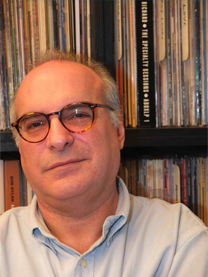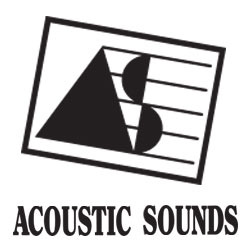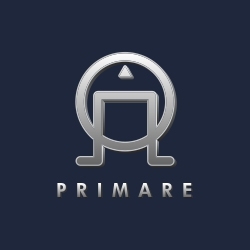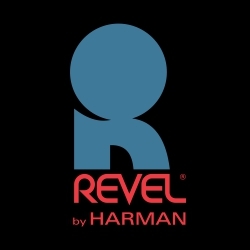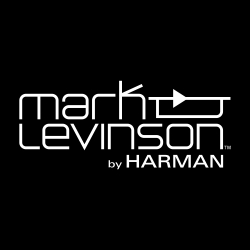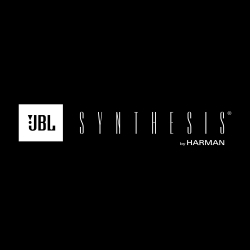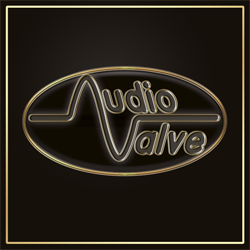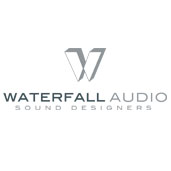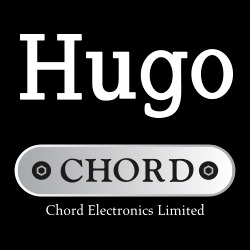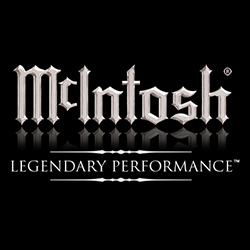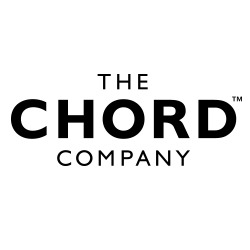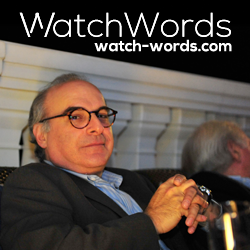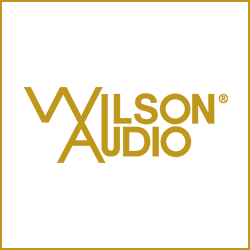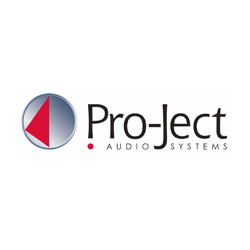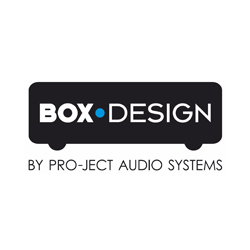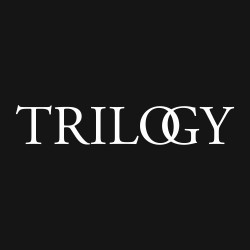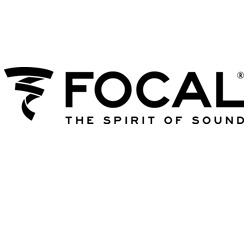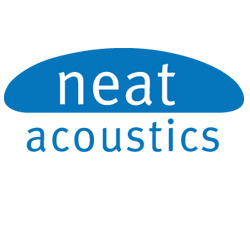Arms waving to clear away the unsettled dust, I’m struck by the chaos following in the wake of the summer Consumer Electronics Show. Allegedly the last to be held in Chicago, it has inspired the usual half-full/half-empty responses depending upon the person to whom you’re speaking. They’ll be arguing about it until, oh, January at the soonest. That it wasn’t a success is a consensus opinion: it was a full-blown fiasco. But does it reveal any weaknesses on the part of the hi-fi community? Did the high-end disgrace itself? Is audio (small ‘a’, please note…) dead?
I can’t complain about the shortened-to-three-days Chicago show because a CES has to meet only one criterion to justify its existence for my purposes: it has to cough up enough new material to fill a show report. Even in its truncated, 60-room form, the Hilton held enough new, pure hi-fi products to provide the requisite 5000 words for my employer back in England, Hi-Fi News & Record Review. I shot my 10 rolls of film, schlepped a five-inch pile of brochures back to my hotel room and wrote for six hours. So far, so typical.
But it was such a gloomy show, and not just because we in the hi-fi community had to rub shoulders with that lowest of life forms, soccer fans. The World Cup took over Chicago, with those stupid little football logos everywhere you looked. CES itself was simply bleak, with whole floors in the Hilton bearing as few as two exhibitors. The bars were nearly as empty as the corridors. And yet those who did exhibit were uniformly happy because the retailers, distributors and journalists who bothered to attend (despite pre-show cautioning that it would be a waste of time) had so little to distract them that they spent long, uninterrupted periods in every room. As a result, those vending their wares to retailers and distributors were able to make their pitches without interruption. The press, too, were handled without haste.
It was exactly what you’d expect of a “normal” CES if a normal CES lasted 10 days and everyone had the time to take more time.
But was the show reduced in size only because everyone knew it was the last Chicago event? Was there some industry buzz which made the regular attendees stay away, and which convinced manufacturers not to exhibit? Time for a little history lesson…without touching on the destruction which Nintendo and MTV have wreaked on music’s status as a viable, standalone entertainment format.
Chicago has hosted the Consumer Electronics Show for over a quarter century. The city was/is in many ways ideal for conventions because it’s centrally located (relative to the rest of America), there are plenty of hotels of all types, some truly great restaurants, classy diversions and, of course, enough blues clubs to satisfy those who are in the hi-fi business because they love music. But Chicago is a modern American metropolis tainted by that which turns some major cities into financial sinkholes best avoided by any companies smaller than Sega, Microsoft or Matsushita. A combination of fire department regulations, excruciatingly high prices (by American standards I hasten to add) and loony-tunes union behavior have conspired against the specialist hi-fi community, if not the consumer electronics industry as a whole. The big boys play at convention centers whatever the city, so they’re immune to the wiles of hotels. And money is never an issue when your turnover is larger than the gross national product of, say, Austria.
Although the Chicago Hilton has proven to be a near-perfect venue for the high end-cum-specialist sector which has supported the show since Year One, it’s the McCormick convention center which is considered by the general media (newspapers and TV) to be the “real” CES. Your basic newspaper hack has heard of Panasonic, Sony, et al; any company with a turnover below nine figures just doesn’t matter to the likes of a CNN or USA Today. And so the Hilton sits there like some mad uncle locked away in the spare bedroom in the attic. It is treated almost as an afterthought, or as a necessary evil. Despite the paucity of products launched in the convention center itself, the “Zoo” — as it will forever be known — still received the lion’s share of coverage in the CES “dailies” and on TV. It’s as if the Hilton wasn’t there at all, despite the EIA’s recent efforts to make the high end community more a part of the CES as a whole.
Compare this with Las Vegas. Ten years ago, Chicago was the CES to attend and the Las Vegas event was the low-rent offering. But there’s been a complete reversal during the past decade, with Chicago no longer having the appeal it once had, art museums, four-star restaurants and a dearth of neon aside. Las Vegas – for all of its ersatz gloss, screaming commercialism, eye-aching glitter, arch vulgarity and unequalled crassness – has cleaned up its act. The comfortable and inviting Mirage is a far cry from the sleaze pits of yore, while the Sahara’s days are numbered. And people that you’d swear would find Las Vegas completely infra dig now actually look forward to it…especially those West Coast manufacturers who might seem a bit precious and sniffy at times, but who simply cannot deny the convenience of a convention site only an hour’s flight from L.A.
And yet there was plenty to see and hear at the final Chicago CES. Nobody had to pad a show report with car hi-fi, multi-room hardware, digital broadcasting or any of the other peripherally-related toys that veer from the classic source/amp/speaker set-ups which constitute “real hi-fi”. Brentworth Sound Lab and DGX Audio used clever systems in their new loudspeakers featuring dynamic signal shaping. Tiny speakers made a comeback with a flood of models from Monitor, ELAC, Rogers, Harbeth, System Audio, Totem, Celestion and KEF (with their own branded LS3/5A no less, after years of making only the drivers and crossovers for this BBC classic). Speaking of classics, Acoustic Research turned up with a revised Model 3a for the 1990s.
CES being an American show, there was no shortage of floor-standing stuff either. ProAc, Thiel, Amrita, Vandersteen, Epos, Mission, Focus Audio, Dzurko Acoustics and Merlin offered non-frightening, nearly-traditional systems while Audio Physic, Concentric Speaker Technology, Mirsch,
Meridian, Spheric Audio Laboratories and A.R.T. chose to defy convention with everything from upholstered speakers to multi-driver’d arrays to horn systems which won’t fit in the back of a Chevy El Camino.
Tubes refuse to go away, keeping me and other bottle freaks happy for at least another calendar year. Propping up either the Russians, Yugoslavians or Chinese (or others still making tubes) were Audio Sculpture, Art Audio, Melos, AudioPrism, Lamm, Joule Electra and Valve Amplification Company. In the solid state arena, there were surprises like Rogers’ return to amp manufacture, the chunky separates from Higher Fidelity and new units from Creek, Oritron, Arcam, Sim Audio, Densen, Sonographe, Carver and Bob Carver’s new venture, The Zeus Project.
Digital technology continues to develop with Theta, Krell, Arcam, Creek, Resolution Audio, Audio Research and Camelot showing new converters, transports or players at all price points. Home cinema is no longer a stranger to the high-enders, with Krell, Meridian, Counterpoint, Snell, Enlightened Audio Designs, Alon and every other manufacturer with a modicum of foresight launching either surround-sound decoders, multi-channel power amps, center-channel speakers or sub-woofers.
One-offs were there in abundance. Though hardly what you’d call either a hi-fi product or something suitable for home cinema, Marantz dazzled visitors with a truly watchable pocket-sized LCD TV. The Zapp Zero Corporation, a new firm started by the founder of Primare in Denmark, showed only computer-generated impressions of a new CD transport and an integrated amp, but they were enough to get you salivating. Densen, the Scandinavian amplifier producer, issued DeMagic, a CD demagnetising disc with a three-minute track which “cleans the entire signal path of magnetism which has been built up during playback due to AC leakage…” Analogue supporters weren’t shortchanged, either, CREEK having issued the nifty little plug-in phono module for its pre-amp as a stand-alone device in its own enclosure. Audio Alchemy, best known for purely digital hardware, showed the sweet little VAC-In-The-Box, the so-called “Vinyl/Analog Converter”, or – to you and me – a cleverly named phono stage.
So did the 1994 Summer CES show the specialist sector to be a wheezing, ailing industry awaiting its funeral? I think not. It isn’t the hi-fi community’s fault that Chicago itself was prepared to undervalue a quarter century’s worth of CES loyalty and support for the once-in-a-lifetime burst of revenue from World Cup Soccer. Then again, staring for too long at a Gameboy is bound to create myopia.
(Audio, October 1994)
